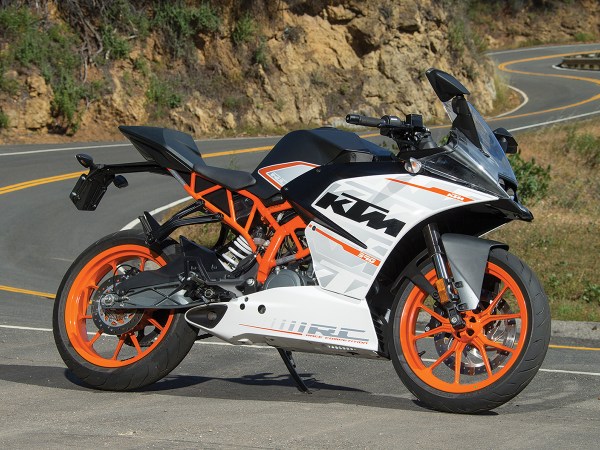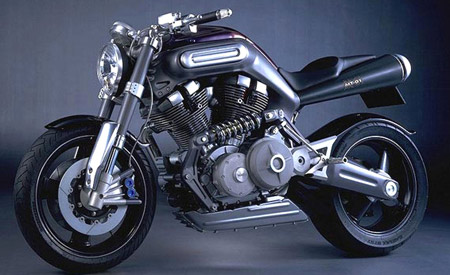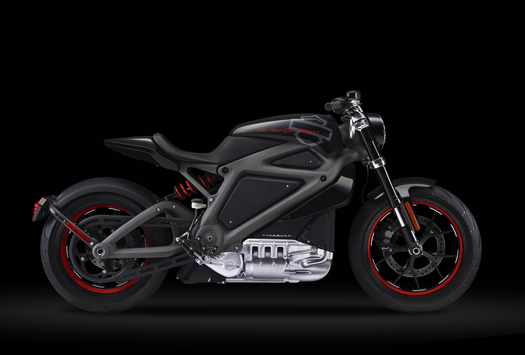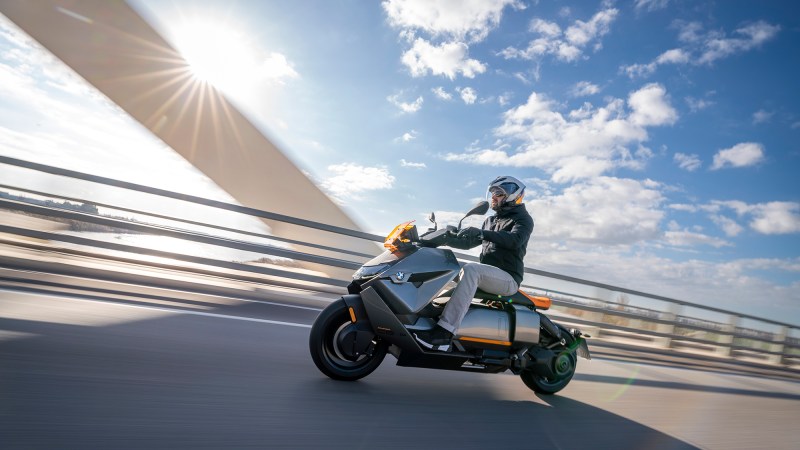


This story was originally published on CycleWorld.com.
Let’s turn back the clock hands to 1978, when Steve Fehr of the Transitron Electronic Corporation built a one-off Harley-Davidson MK2 electric motorcycle prototype in Honolulu, Hawaii. And legendary designer Brooks Stevens was involved.

What are we looking at? The Transitron team started with a 1971 Harley-Davidson XLH Sportster, replacing the 900cc OHV internal combustion engine with a variable-speed electric motor and a series of deep-cycle batteries. The chain-driven, automatic four-speed transmission was powered by a proprietary control system with an integrated circuit mini-controller. Acceleration was a reported 0–30 mph in 5–6 seconds. The instrument panel was mounted to the handlebars, featuring an electric speedometer, a tachometer, and dual ammeters for measuring amps.
RELATED: These are the top 10 new motorcycles we’re dying to ride in 2019


The 24-volt, 95-amp Baldor electric motor was linked via a primary drive belt to a four-speed automatic transmission and linked to the rear wheel via a drive chain. The setup reportedly allowed the 628-pound Harley MK2 to reach a top speed of 50 mph while maintaining a range-friendly electric motor speed of just 2,500 rpm. A series of four deep-cycle lead-acid batteries were said to provide a run time of up to six hours.
Although Transitron was actively seeking funding and development partners, Harley-Davidson showed no interest in pursuing development of an electric motorcycle, but Stevens did. He already helped Harley design its game-changing 1949 FL Hydra-Glide OHV V-twin, and the then-67-year-old Stevens worked with Fehr to help test the prototype, racking up 360 miles of on-track testing of the prototype in Wisconsin (possibly at nearby Road America).


After $70,000 was invested on the MK2’s development, Fehr’s bike found a home in Steven’s transportation museum in Mequon, Wisconsin, where it stayed until his death in 1995.
The bike sold for $11,000 at the RM Sotheby’s auction at Amelia Island in 2014, the same year Harley introduced its LiveWire prototype.





















